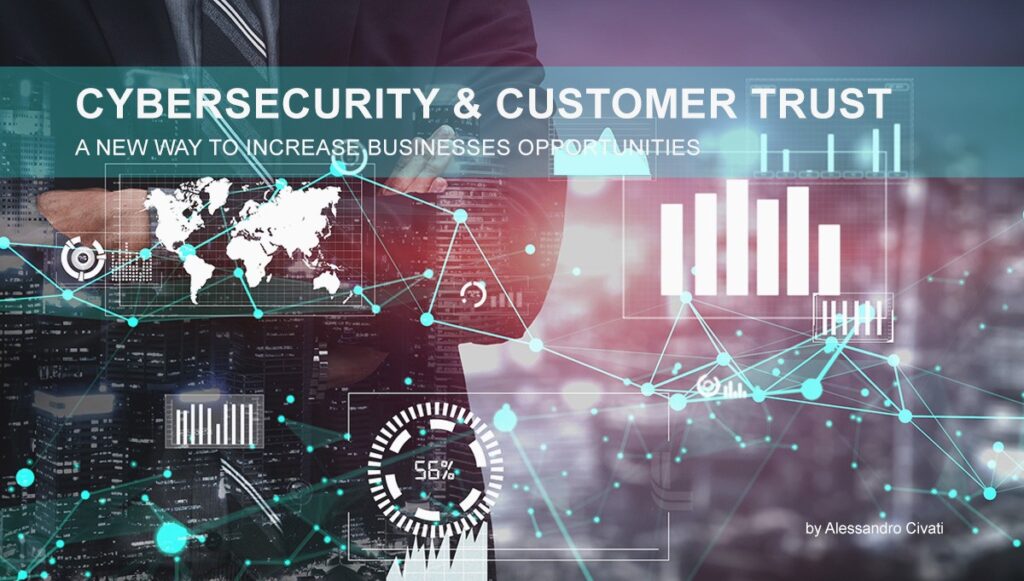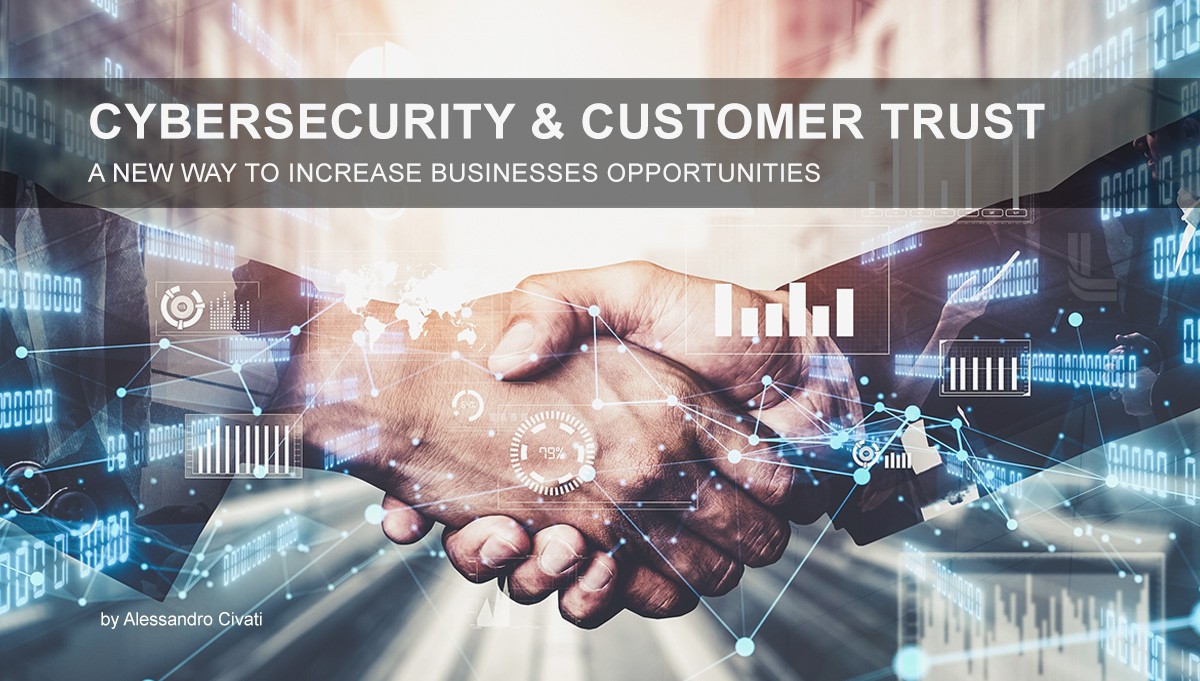Organizations, and businesses, have embraced technology and connectivity in all aspects. Businesses currently operate in remote and distributed work environments, outsource functions to third-party partners, and invest in cloud and SaaS applications. The adoption of different technologies, applications, or devices, as well as remote work, presents an additional attack surface/opportunity that introduces new complexities to the cybersecurity equation.
Accelerated digital innovation following the COVID-19 pandemic is spurring productivity, driving growth and profitability, and reimagining how organizations connect with key stakeholders. It’s not only businesses that are embracing the digital space, cybercriminals have woken up to the digital space. Businesses are playing catch up despite increased spending on cybersecurity. Traditional cybersecurity controls are no longer relevant since they are designed around an organization’s perimeter.
Businesses, especially those in the financial services sector, are heavily regulated by cybersecurity. In effect, most businesses are bogged down by efforts to align their capabilities with regulatory requirements and establish strong governance structures that remain above regulatory scrutiny and equally manage reputational risk. Cybersecurity professionals tend to have a narrow focus on technical goals limiting their ability to align with an organization’s overarching strategic objectives.
Businesses must strike a balance between keeping abreast of technological innovations and being truly successful.
Cybersecurity should not be a ‘check box’ affair. Organizations can leverage cybersecurity as a strategic tool to drive business objectives and build customer trust. Cybersecurity strategy is evolving from being technology-centric to people-centric.
Cybersecurity as a Strategic Tool
Businesses are increasingly becoming reliant on interactions, opportunities, and relationships in the cyber realm. Organizations are increasingly faced with internal resourcing and budget constraints in the face of rising cyberattacks. 39% of CEOs have reported that they have inadequate budgets to ensure effective cybersecurity.
Cybersecurity shouldn’t be looked at only from the lens of threats and how they are managed. Cybersecurity is a strategic business enabler – implying that businesses must ensure organization-wide transformation efforts to proactively take into account cybersecurity considerations. Business leaders across the board must actively participate in cyber-related discussions.
A 2022 PwC survey that asked senior leaders how they frame the cyber mission in their organization indicates that 54% of CEOs elected to go with the bigger picture and growth-related objectives from their cyber-security teams. 20% of respondents believe that cyber teams’ first mission is to create trust with customers concerning protecting their data and ethical use of collected data.
Businesses can maximize their value through cybersecurity in two different ways:
- Creating a cybersecurity culture in the organization that ensures effective collaboration between teams in business development, technology, and cybersecurity.
- Effective communication of the impact of an organization’s cybersecurity capabilities in driving customer satisfaction
Building a Strong Cybersecurity Structure
Cybersecurity must be positioned as one of the key pillars of the value system in any organization. The process starts from the top – the board must impress on senior leadership to drive cybersecurity outcomes. Board members need to be encouraged to participate in tabletop exercises so that they remain aware of their roles and responsibilities in responding to cybersecurity threats. Business leaders must set the right example for their teams and must walk the talk.
Regular cybersecurity-plan updates help the board oversees a shift from compliance-based prioritization to risk-based prioritization, decision-making, and communication. An effective response from top leadership will ensure support of funding decisions, prioritization of initiatives, and provision of necessary executive attention.
The goal is to build a culture that empowers cybersecurity teams to serve as conduits for subject matter support towards the implementation of cybersecurity requirements and solicit business line feedback to enhance the cybersecurity strategy. It also empowers cybersecurity teams to productively interact with technology teams, marketing teams, and product teams to support large-scale digital transformation efforts. For example, businesses can address infrastructure and resource constraints by making all employees an extended arm of the cybersecurity team.
A strong cybersecurity culture also calls for security team leaders to actively collaborate with peer organizations, security user groups, and intelligence feeds that help businesses stay updated with the ever-evolving cybersecurity landscape. Through continuous role-based training, security professionals must maintain a high level of expertise.
Communicate The Impact of an Organization’s Cyber Capabilities
Cybersecurity team leaders should define and publish cyber risk mission and vision statements that align with an organization’s purpose, values, and objectives. These statements must embrace the identity of the organization and communicate to customers the approach to managing cyber risks. Equally, they help align future program initiatives to measure and evaluate impact.
Ensure that customers receive insights into an organization’s capabilities to monitor cyber threats, analysis of long-term cybersecurity impact, and incorporate cybersecurity considerations in customer offerings.
Businesses need to build transparent lines of communication with customers. Businesses have shifted online and must offer customers visibility into their data security capabilities to foster increased confidence and trust in successfully managing their data.
In conclusion, cybersecurity affects everyone and all facets of life. Cybersecurity is a business problem and never purely a technical problem. Organizations must move away from viewing cybersecurity as a topic that is abstract, cumbersome, and intangible. Throwing money at the problem will not offer long-term solutions. A good cybersecurity strategy requires proactive collaboration – a ‘we-are-together-in-this’ approach that interconnects the goals of IT security teams and the executive leadership. Effective cybersecurity programs and improved security awareness will protect business assets and information as well as prevent fall-outs from breaches. Customers are key players in a successful and forward-looking organization.
Author: Alessandro Civati
⛓️ 👉 Blockchain iD: https://x88.life/TziUk2nOta


